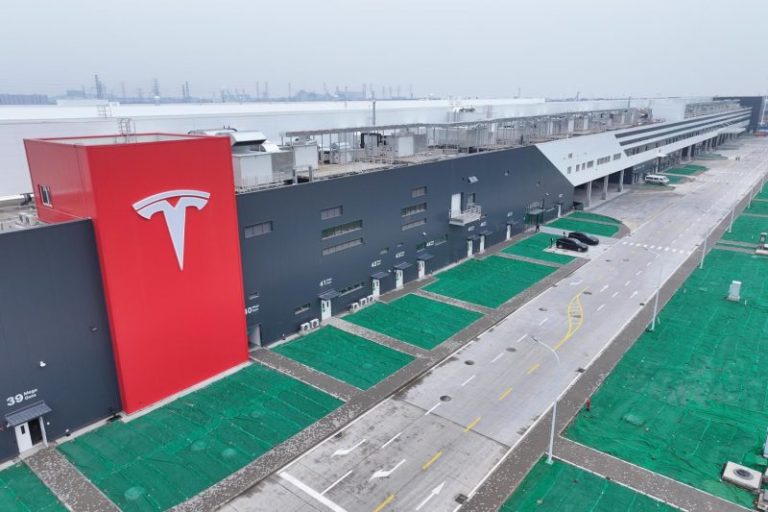U.S. stocks are on the cusp of a very impressive breakout to all-time highs, but are still missing one key ingredient. They need help in the form of a semiconductors ($DJUSSC) breakout of its own. When the DJUSSC reached its all-time high on June 20, 2024, one year ago, a nasty bearish engulfing candle printed on extremely heavy volume, I wrote an article, “The Semiconductors Have Topped; Look Elsewhere for Opportunities”. Simply put, it was buyers’ exhaustion”. I looked for a 20% drop in the index, providing this chart at the time:
There’s now been a lengthy period of sideways consolidation on the semiconductors as you can see from this updated chart as that 20% drop immediately occurred:
Semiconductor leadership has been held firmly in check by the overhead price resistance just below 22000. Until that resistance is cleared, the QQQ has a lid on it.
Let’s keep in mind that the QQQ, an ETF that tracks the NASDAQ 100 index, can be broken down into its top 2 industry groups, as follows:
- Semiconductors ($DJUSSC): 21.65%
- Software ($DJUSSW): 19.11%
More than 40% of the QQQ is comprised of semiconductors and software. Here’s what the longer-term, 5-year software chart looks like:
Software’s relative strength is powerful and we’ve recently seen an absolute price breakout – an awesome combo. On a 5-year weekly chart of semis, it’s quite apparent that when the semiconductors break out, they carry the NASDAQ 100 on their shoulders higher and we’re close to a breakout now:
We just saw a relative strength breakout on the DJUSSC, there’s only one thing missing – that absolute breakout and it’s coming fairly soon, in my opinion.
Market Outlook
A big part of what happens over the next 6-12 months will be highly dependent on the two industry groups above. There are over 100 industry groups and this may be oversimplifying stocks a bit, but make no mistake about it. Higher growth prospects and lower interest rates can result in flying PE ratios and these two groups are home to companies that can expand their businesses very rapidly.
Market Manipulation
I’ve discussed the role of market makers and their manipulation of the stock market many times over the past several years and there’s no doubt in my mind we were just exposed to another massive dose of it in the first half of 2025. At EarningsBeats.com, however, we’ve become experts at spotting it and pointing it out. I discussed the importance of being in cash back in late January and in February before the massive Wall Street ripoff started and I also wrote about the importance of getting back in early. Remember my article in the second week of April, “The Bottom is Here or Rapidly Approaching”? These are real-time articles, folks. You need to see the tops and bottoms before they occur. It does little good to talk about it now. We don’t get a “do over.”
Or do we?
What do I mean by that? Well, we’ll have plenty more chances to spot tops and bottoms in the future, but you need to learn from this year’s mistakes RIGHT NOW. Don’t let these big-money, Wall Street crooks do it to you again. We have one MASSIVE advantage on our side vs. these big Wall Street firms. We can enter and exit stocks in seconds. It takes them days and weeks.
If you want to be better-positioned to see this nonsense AHEAD OF TIME the next time it comes around, I’d suggest that you join me on Saturday, June 28th at 10:00am ET for a 100% free event, “Trading The Truth: How Market Manipulation Creates Opportunity”. CLICK HERE to register and learn more about the event! This is a MUST-ATTEND event and seating is limited. Be sure to save your seat and learn how to protect your hard-earned money for the rest of your financial future!
Happy trading!
Tom




